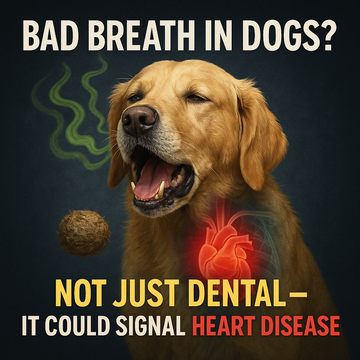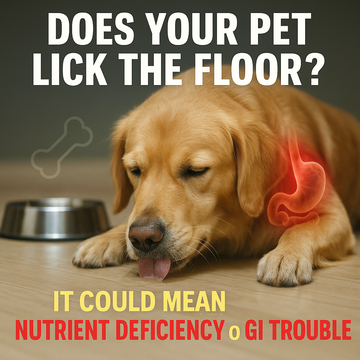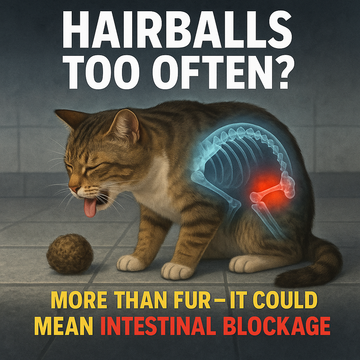Many owners assume dog bad breath comes only from poor dental care. Yes, oral disease is the top cause of halitosis. But did you know? Persistent, severe bad breath can also signal heart disease. Oral bacteria don’t just harm gums—they can enter the bloodstream, raising risks of valve infection and myocarditis. Have you been ignoring this silent killer?
1) Common Sources of Bad Breath

-
Tartar & gingivitis: Food residue → bacterial fermentation → odor.
-
Periodontal disease: Root infections produce pus.
-
Digestive issues: GERD, gastritis cause abnormal odors.
2) How Oral Issues Affect the Heart

-
Oral bacteria enter bloodstream → infect heart valves (endocarditis).
-
Chronic inflammation raises risk of myocarditis, heart failure.
-
Small breeds and seniors are especially vulnerable.
3) When to Worry

-
Breath suddenly worsens, doesn’t improve with cleaning.
-
Dog shows coughing, rapid breathing, low exercise tolerance.
-
Tongue/gums turn bluish—oxygen supply issue.
-
Weight loss, lethargy.
4) What Can Owners Do?

-
Daily dental care: Brush teeth daily, scale annually.
-
Diet support: Dental chews/kibble to help abrasion.
-
Regular checkups: Seniors need echo + bloodwork.
-
Vet promptly: Bad breath + breathing/energy issues → urgent exam.
Final Tips
Bad breath isn’t “minor.” It may be a sign of gum disease—or a warning for heart problems. Don’t wait until breathing trouble or cardiac collapse. Daily brushing and regular vet checks are your dog’s lifelong shield.
We share fresh dog/cat care tips every day—follow us at https://pawcassopet.com/




